postcards - una janicijevic’s belgrade
On a recent trip back home Una Janicijevic was nice enough to show us around – through the parts she remembers and the bits that have changed.
With a penchant for jetting off on far-flung adventures, it’s pretty fitting that Una Janicijevic runs a blog called Let’s Get Lost. These days she’s based full-time in Toronto, Canada, but the creative lass started her life in the Balkan city of Belgrade. On a recent trip back home she was nice enough to show us around – through the parts she remembers and the bits that have changed.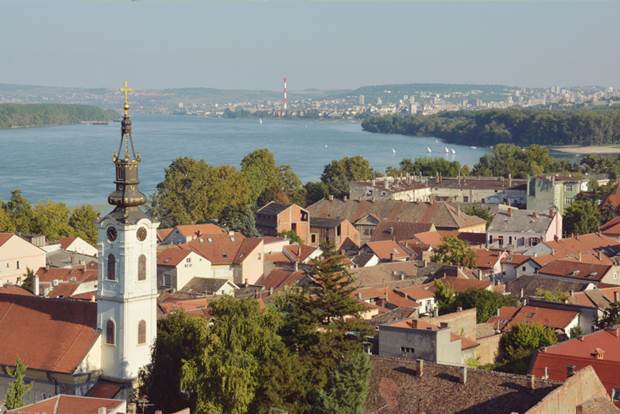
Firstly, please tell us a little bit about the neighbourhood that you lived in. I grew up in an old residential part of Belgrade known as the ‘Professors’ Colony’. The buildings are large, grey Soviet-style concrete blocks built after WWII to house teachers and their families. They are surrounded by shaded courtyards alive with children, graffiti, colourful laundry lines and the odd stray dog. Now visiting many years later, I love staying in the same area because each corner is loaded with memories of my childhood, the place I learned to ride my bike, went to school, got into trouble…
What kind of stereotype has Belgrade earned, and how is it different to what people expect? The hard truth is that most people associate Serbia with a series of conflicts that took place two decades ago. And some of those scars are painfully obvious on the chipping facades and a few burned-out buildings (The Yugoslav wars shook the region throughout the ’90s and Belgrade suffered a NATO bombing campaign in 1999). But the city’s charms run deep below its surface. If you have a chance to spend a day (and night!) in Belgrade, many of the negative misconceptions will be shattered. You will find thriving art and culinary scenes, a frenzied party culture and a "live for today" spirit that is a direct product of a tumultuous past.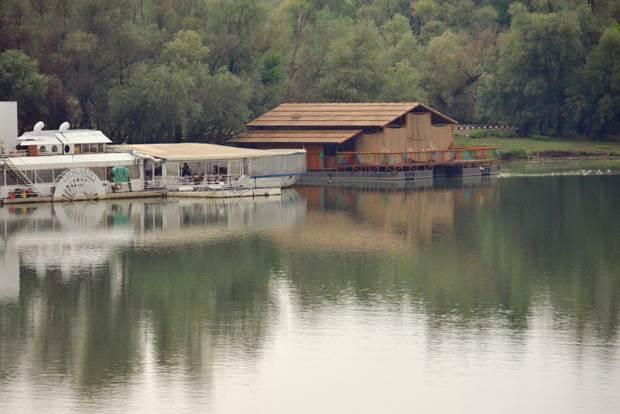
How is Belgrade city changing? Belgrade continues to be at the crossroad of East and West both geographically and politically. It’s on the doorstep of the EU without being a member. So it’s a constant balancing act challenged by a stuttering economy. The most recent obstacle is how to humanely process thousands of Syrian refugees that are passing through the country on their way to Western Europe.
What album do you think would be the best soundtrack for walking around? Since Belgrade can be frenetic at times, I might pick something ambient and calming like Gidge to tune the noise out. Or if I’m feeling nostalgic, some Serbian oldies, Idoli (arty ’80s new-wave) or Minja Subota (sugary ’60s pop).
If you had a day to take an Australian around your town on a Sunday afternoon, what would you do? We would start outside of the city and work our way back in. First, a bit of culture at Muzej Macura in Novi Banovci, where a beautiful collection of Serbian conceptual art is hidden away in a village surrounded by corn fields and fruit trees. The work is housed in two equally interesting buildings – a modern home and a reclaimed barn – both on the banks of the bustling Danube river. We’d grab heirloom apples from the orchard and some lavender water, then head back to town for lunch. Manufaktura is a great spot to sample traditional Serbian cuisine in tapas-sized portions (like cevapi, kajmak and pecenica) then ice cream at Crna Ovca (lemon basil is my favourite). After that, we’d take in some history by walking around Kalemegdan, a large Roman fortress and leafy park overlooking the city and river. At sunset, we’d grab a pint of local craft brew (like Kabinet) at Kurosava Cafe, a boat-house on the river Sava, where mini, moored boats double as cafe tables.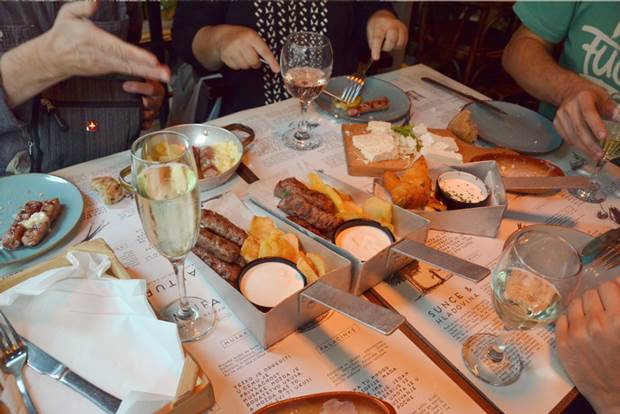
What is the local creative community like? Are there predominant local crafts? The difficult economic situation has forced Belgrade’s art and design communities to be persistent and endlessly creative. The scene is thriving and garnering international attention despite limited means. An interesting example is the Savamala neighbourhood, a seedy and neglected area previously, but which has recently emerged as a hub of arts and culture. Cultural institutions like KC Grad and Mikser House organize exhibitions, conferences and performances while also offering creatives a chance to sell their work and collaborate in shared facilities.
What do you miss most about Belgrade since moving away? Beyond dear friends and family, I miss the community spirit. Even though the city has a population of over two million, you will run into people you know frequently. More often than not, they will have time to stop and chat or grab a drink together at one of the ubiquitous cafes.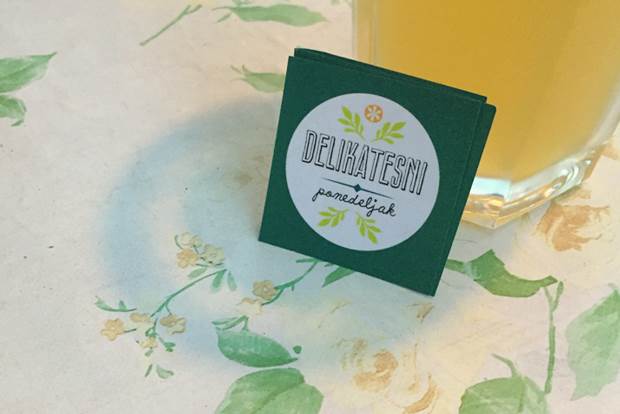
Tell us about the spaces and places you have photographed for us. I tried to get a cross-section of culture and history, faces and places. I captured some old favourites, but my focus was on areas that have changed since my last visit.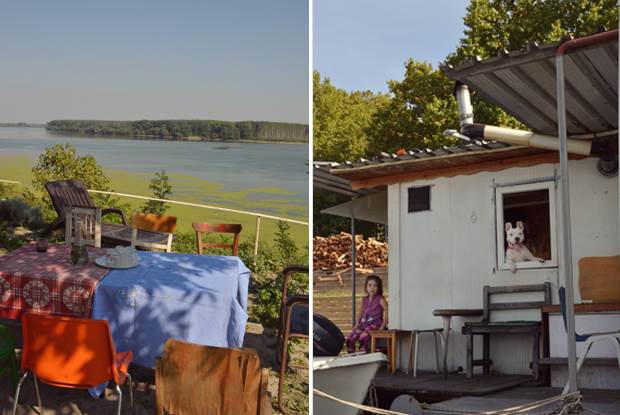
Where is the best place to have a picnic? Košutnjak is a green oasis just outside of the city, once the medieval hunting ground of Serbian nobility. It’s a forested, hilly area that is fun all year round and offers camping, swimming and ski trails. If you’re too lazy to pack your own picnic, you can have a satisfying bite with a view at Aleksandar restaurant.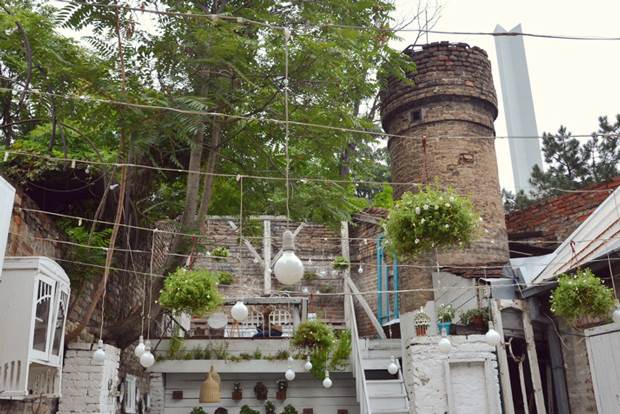
Where is the best place to get a drink? For a lively atmosphere, definitely one of the splavs (docked boats) on the Sava river; take your pick. Alternatively, there is a lovely spot at the top of a flight of stairs (to Branko’s Bridge) which overlooks the river, called Jazz Garden. It’s a magical, little hideout with a Parisian vibe in an apartment building from the 1800s.
Where is the best place to buy a vintage dress? I would suggest Šmizla on Beogradska St. It’s a tiny shop tucked away in a residential apartment. Or Jane Doe, an antique boutique in the Dorćol neighbourhood.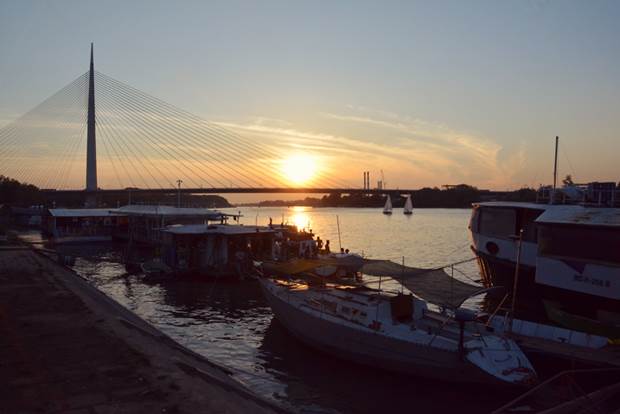
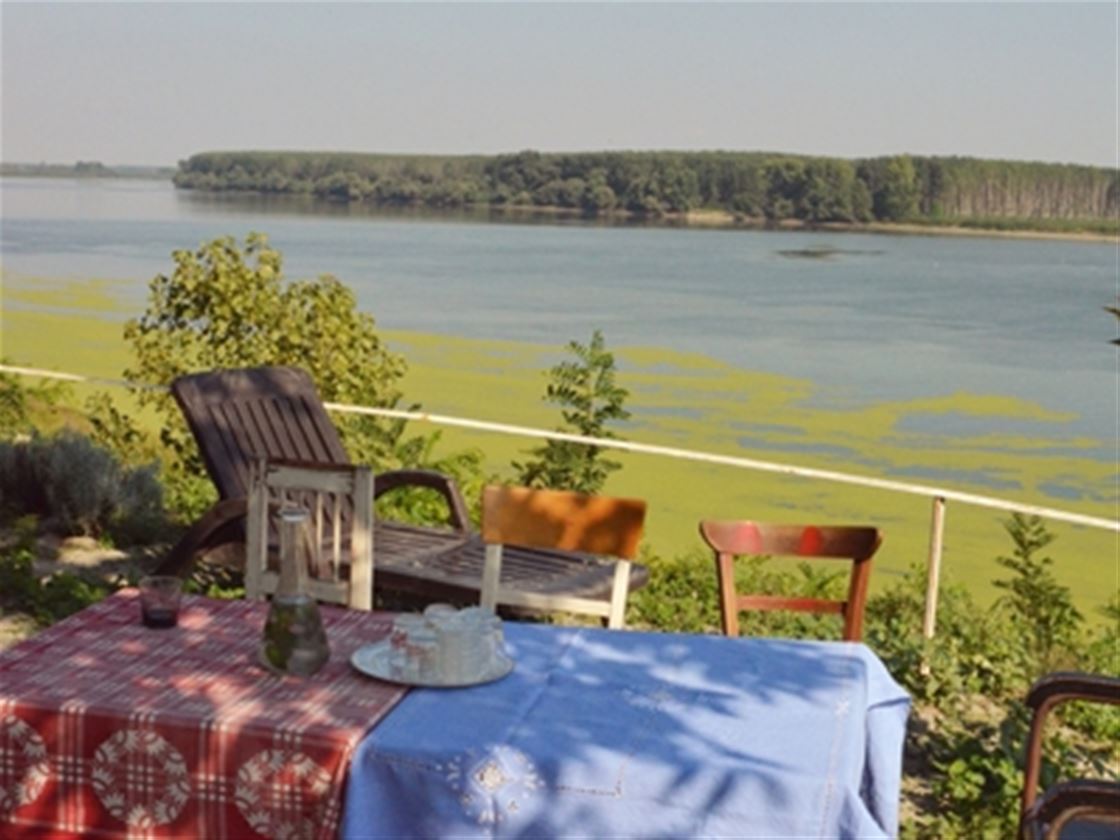

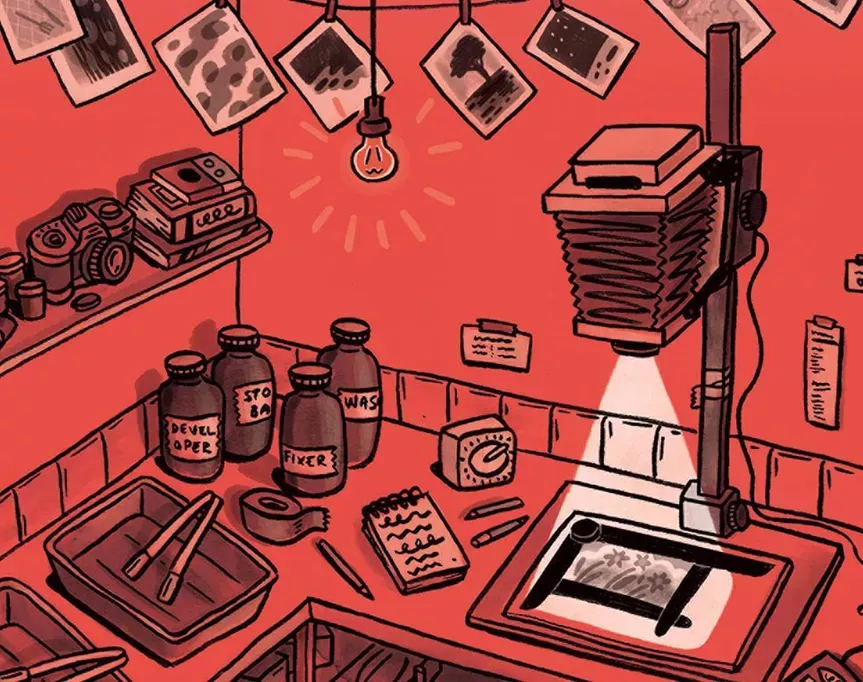



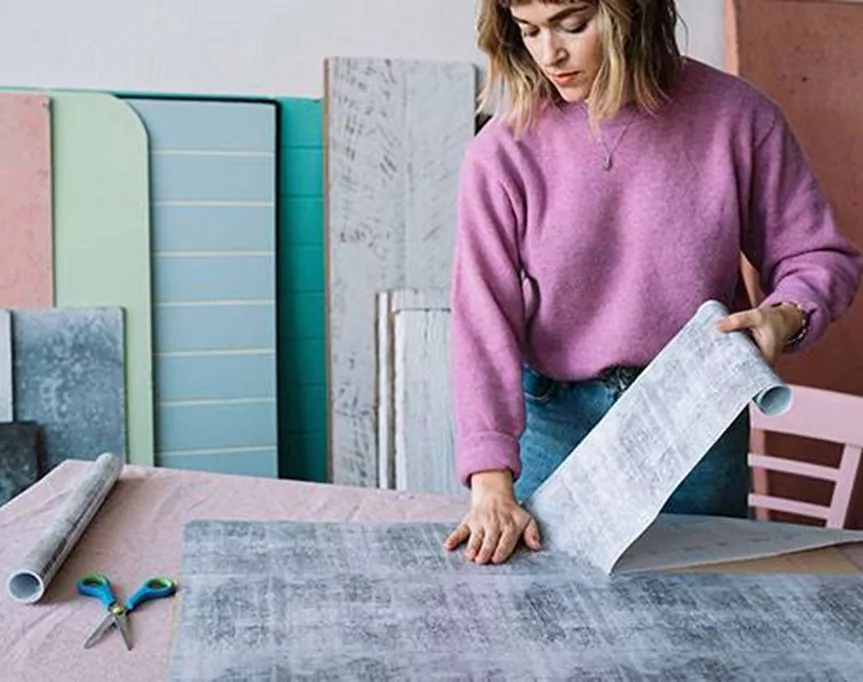







.jpg&q=80&w=316&c=1&s=1)













.jpg&q=80&w=316&c=1&s=1)










